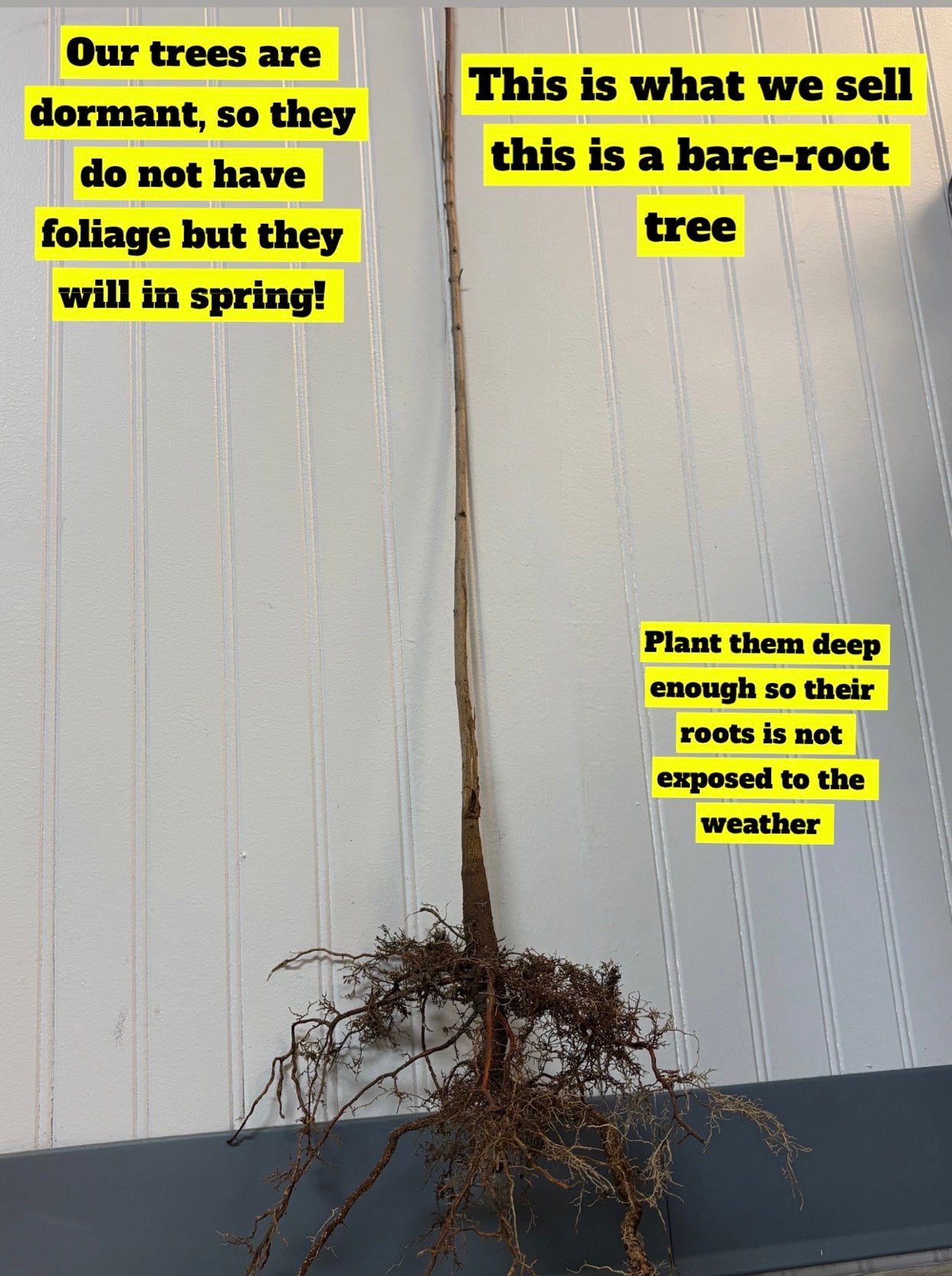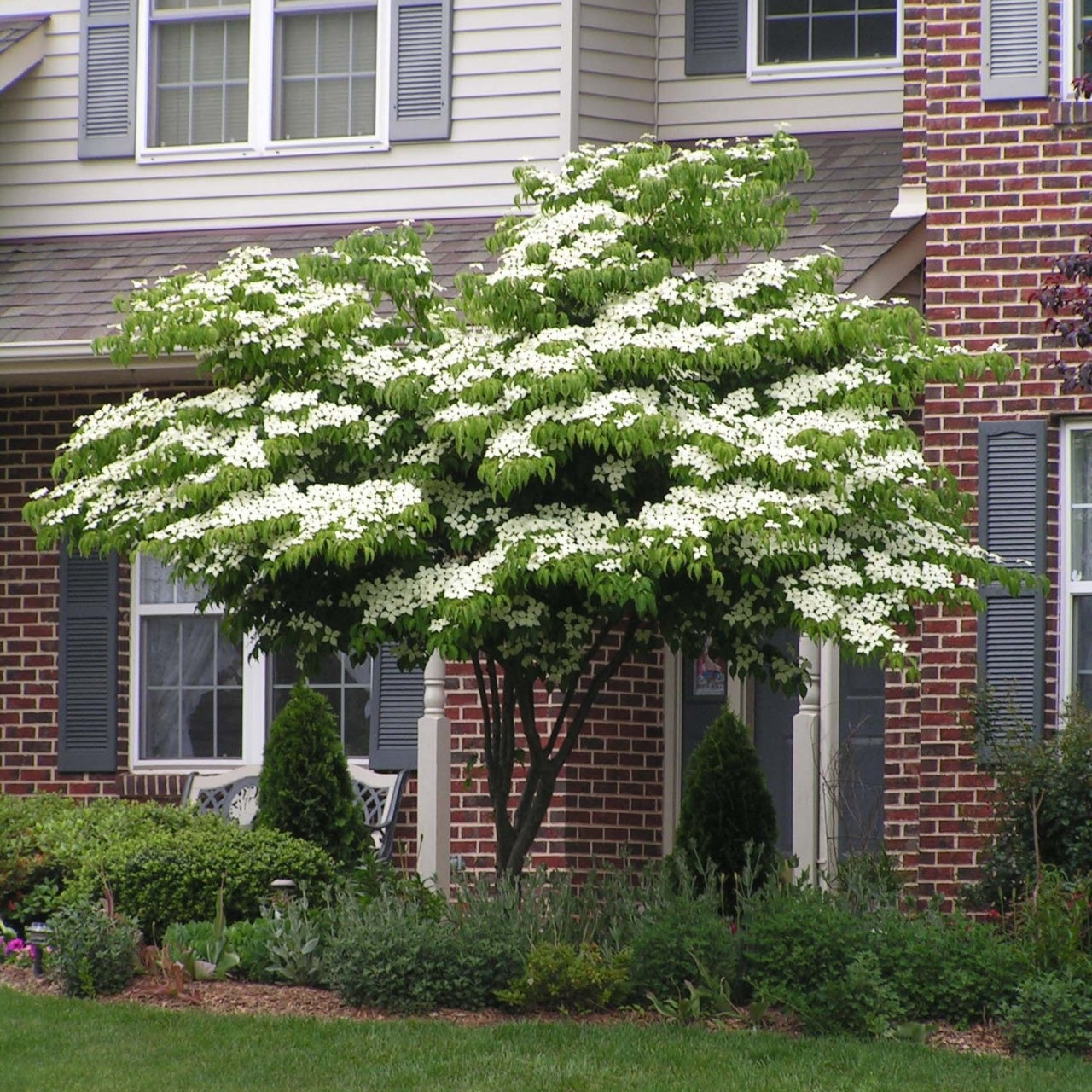
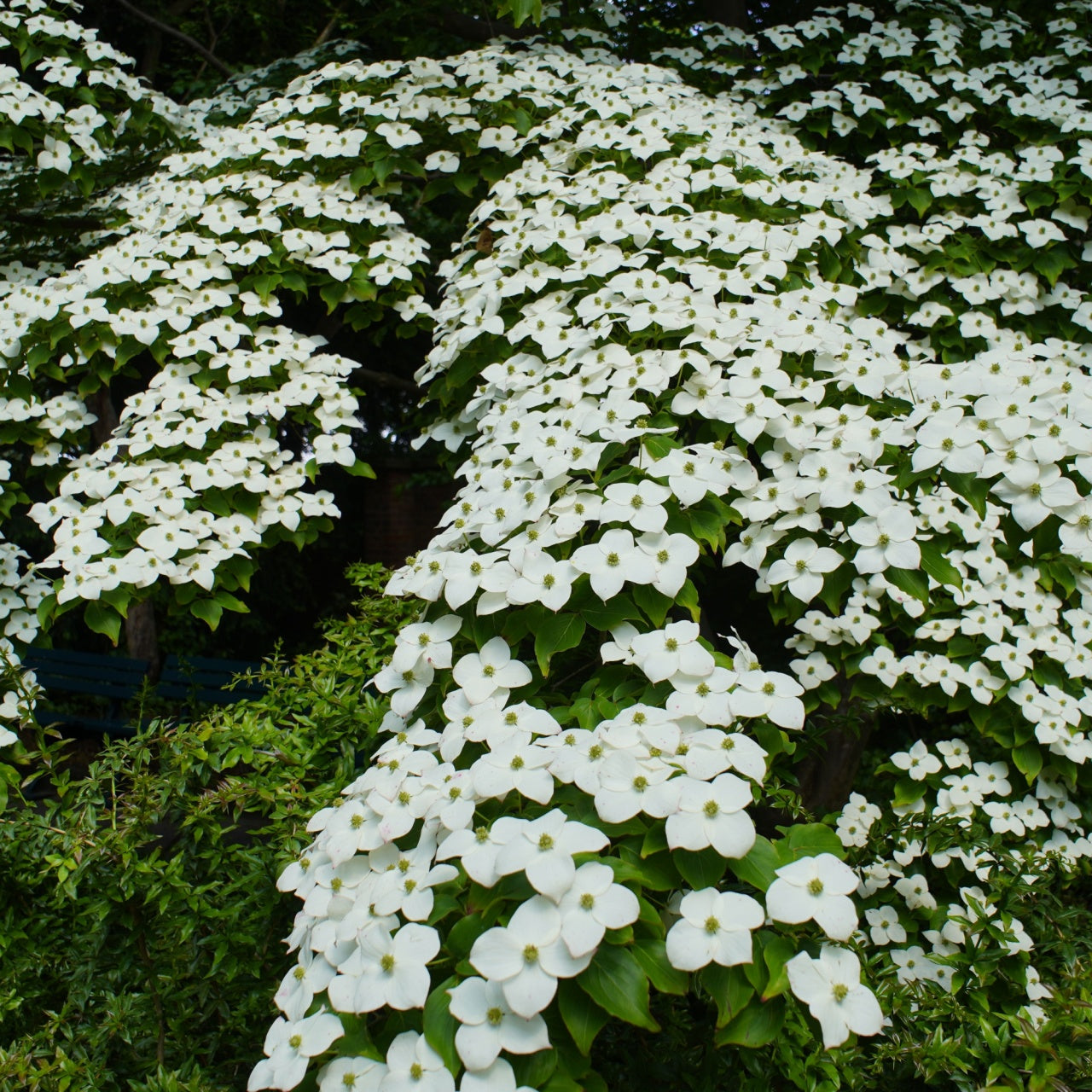
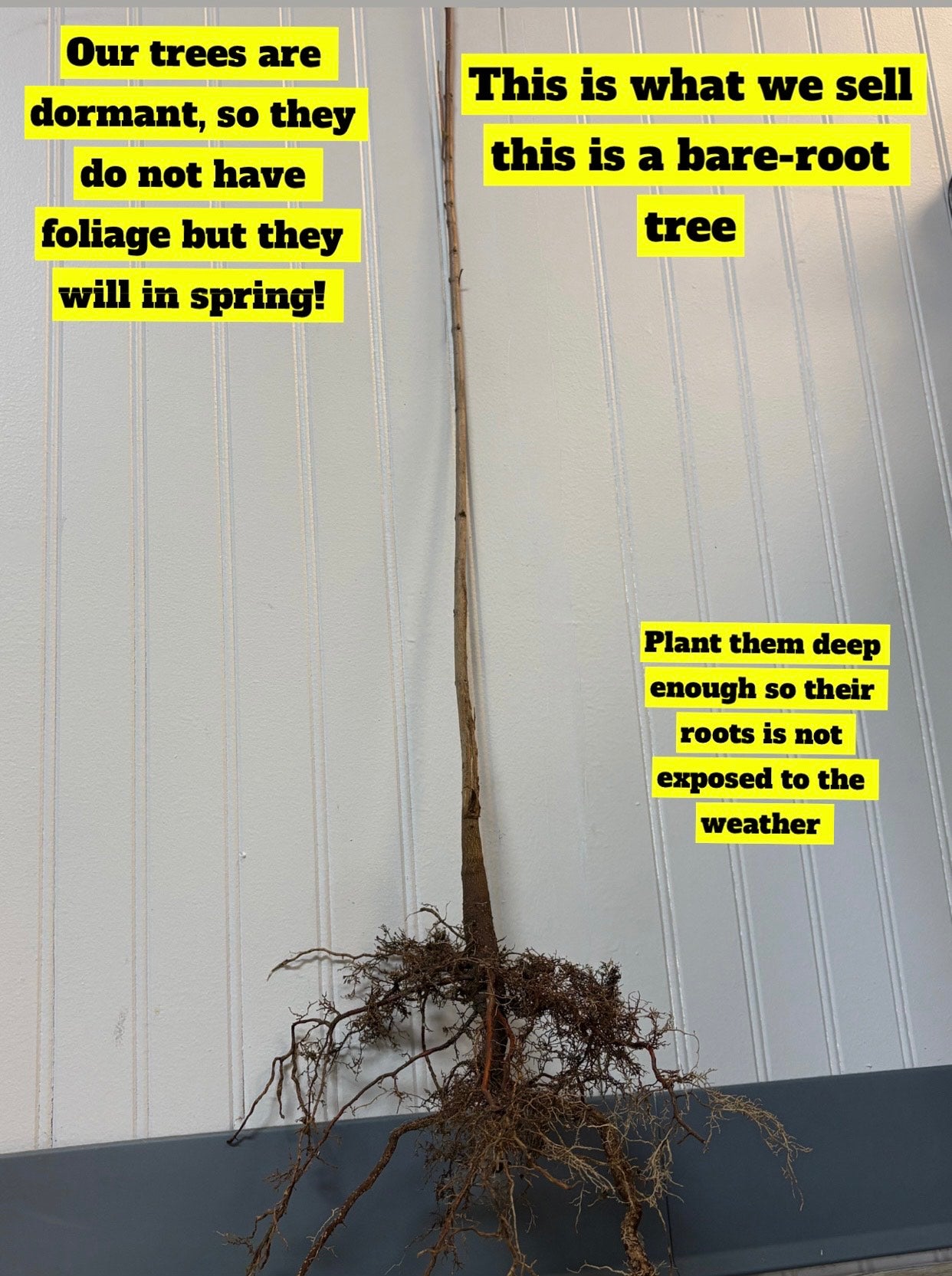
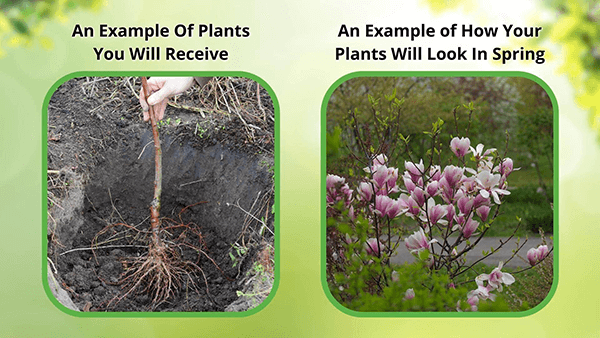
Removes & Absorbs Toxins
Improves Air Quality
Low maintenance & easy to grow
Buy Kousa Dogwood Trees Online
The Kousa Dogwood trees are a popular option for visual interest in any exterior space. The hardiness zones of this type make it easy for many homeowners to enjoy with little care and maintenance needed, apart from regular watering. The canopy of this species makes it easy to create a beautiful exterior space because of the intertwined branches of its wide canopy. Hardy in most areas
The Kousa Dogwood Trees Have Stunning Foliage
This tree requires watering to give the foliage the deep colors that make it popular. The deep green leaves and attractive bark make this a famous type that grows slowly to a medium rate, pruning an easy task. It is renowned in areas with harsh winters, including New York State, where it has become naturalized. Its popularity is due to its deep green foliage. In the Spring, the feel of green foliage is the main attraction, followed by a beautiful late spring array.
The Tree Produces Star-Shaped Blooms In Late Spring
In the Spring, between May and June, an array of star-shaped white flowers sits above the green leaves. The leaves and flowers fall to the ground in the Fall, leaving a clear view of the beautiful bark.
The Bark Of The Dogwood Looks Like A Jigsaw Puzzle
As the leaves fall, a view of the impressive bark is captured. The bark has been described as appearing like a jigsaw puzzle during the Fall. Many owners of these choose to prune the branches in the Fall to better view the bark and promote new growth in Spring. In the Fall, the leaves transition to deep purple and red colors.
The Tree Grows About 1-2 Feet A Year
One reason it has become so popular is its slow rate of growth. It will grow between 12 and 24 inches per year in perfect conditions. Slow growth rates make it a good choice for areas with power lines and those who want to keep their exterior space under control. When it reaches maturity, it will grow to around 25 feet in height and width to create a canopy ball.
The Kousa Dogwood trees are native to parts of Asia, including Korea, China, and Japan. It was brought to the U.S. in the mid-1870s and has become popular along the East Coast. These fruits have become a popular food for squirrels and birds throughout the U.S.
This Is How Your Plants Will Look upon Delivery
Bloom Season
Bloom/Foliage Color
White
Shipping date depends on the date displayed and chosen when you order from the product's page.
We do not offer warranties on products after 5 days past receiving your plants.
Our Blogs
By signing up, you agree with our privacy policy.





